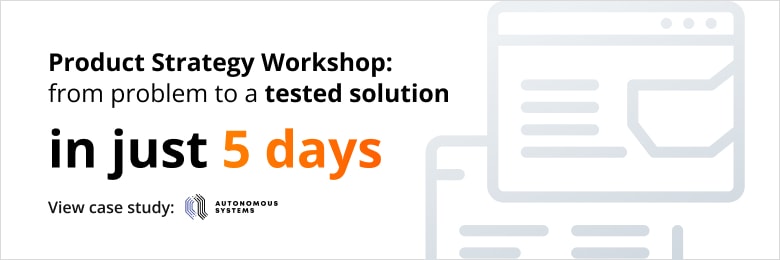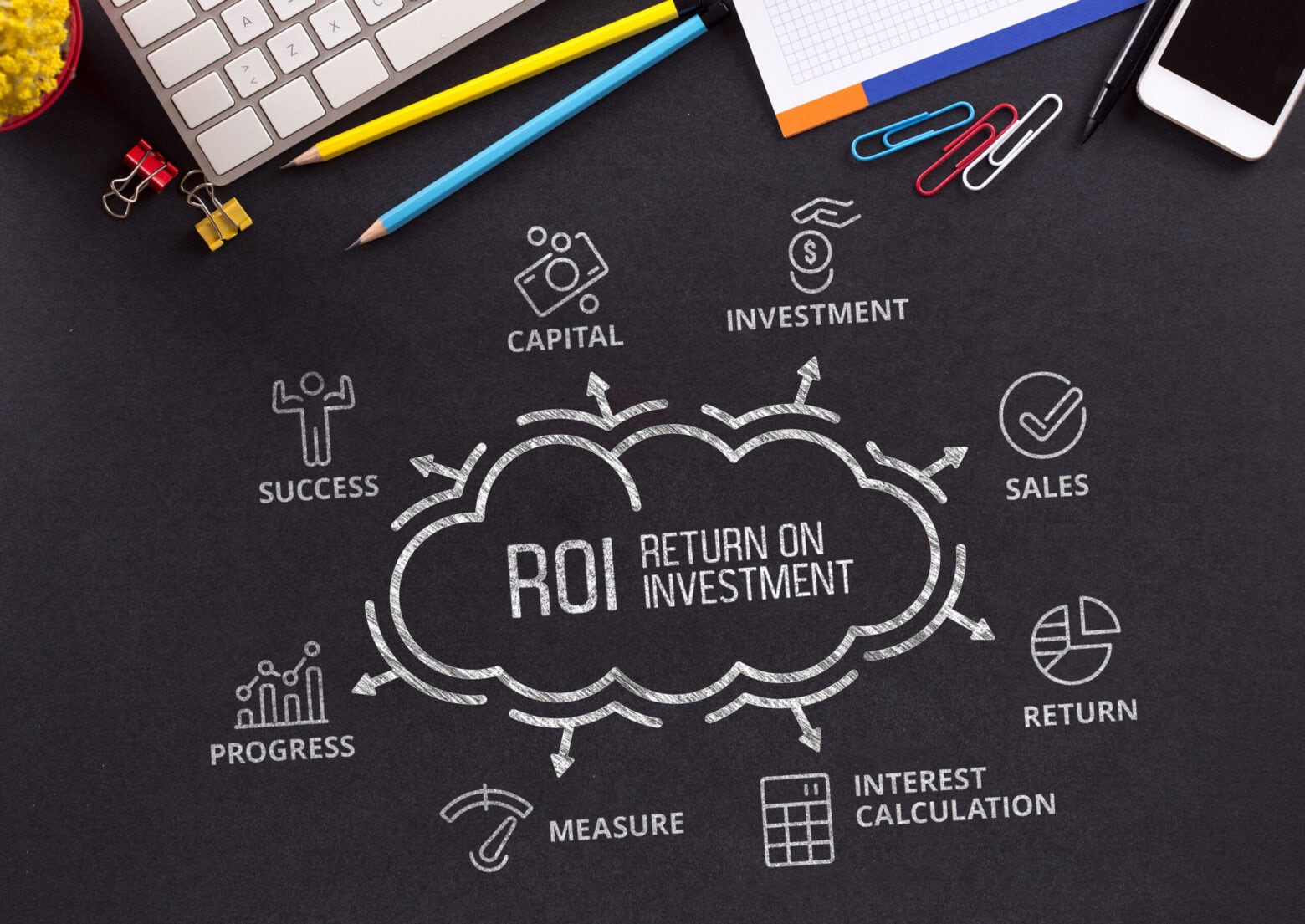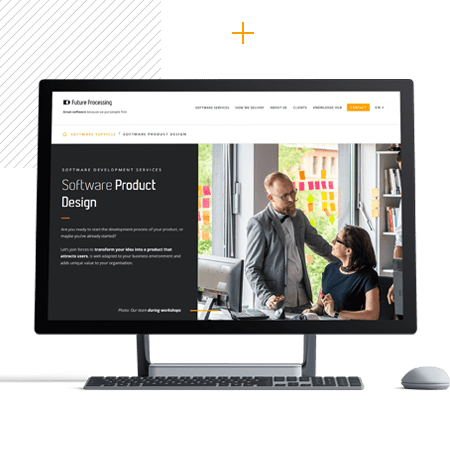
A simple guide to the ROI of UX – what is it all about?
As stated in Forbes, “Every dollar invested in UX returns $10 to $100, and correcting the problem from the start is most cost-effective”. Maybe you’ve already heard this before, maybe even more than once, but… it’s old but gold and still very true. However, there’s a catch: you need to invest wisely, based on data-driven analytics.
So let’s see what ROI in UX is all about, how to measure it, and finally – how to achieve the best results.
What is the ROI of UX?
Return on Investment (ROI) is a financial metric that you can (and should!) use to estimate or evaluate the profitability of your investment. It’s the simple ratio of money coming in versus money going out.
In terms of UX, however, ROI can be described as the measures created to calculate the effect of an investment in design, used to help achieve design goals from a business perspective – and it’s not only about money.
It may also be reflected in greater customer satisfaction, fewer complaints, more positive reviews, and increased brand loyalty.
How do you measure UX ROI?
The general formula for ROI is pretty simple:
However, in practice, it is often much more complicated than this, especially when it comes to UX.
So, before you start jumping into calculation sheets, you should keep a few facts in mind:
- Trying to estimate the exact ROI of UX beforehand is guesswork.
If you don’t have any data to work with, it’s really difficult to be accurate. The assumptions you make can be far from reality and, for that reason, useless. Yet, this doesn’t mean that you are limited to just sitting and designing in the beginning. Actually, quite the opposite!
- Selecting the appropriate set of UX metrics and KPIs to measure your impact is key.
This is something you should do right away. And there are plenty of metrics that you can measure, such as:
- conversion rates,
- time spent on tasks,
- rates of error,
- churn,
- completion rates,
- phone calls,
- number of user complaints,
- and much more…
These pieces of data can be drawn from a number of different sources, such as analytics, customer support, surveys, or usability testing.
- Calculating your ROI from UX after new improvements have been introduced is a must.
This way, you will be able to compare your metrics from before and after a new feature or product has been launched. And you will know immediately whether the results meet your expectations.
- Trying different scenarios in order to make the most of your new design can be helpful.
You may want to measure the effectiveness of changes that you want to introduce by running A/B tests to see how your users react to two different layouts, and observe what works and what doesn’t. And this is something that UX experts start to measure in the middle of a project, not just after it’s done.
Learn more about: Creative techniques in the requirements elicitation process
- Profits often appear in many forms, not only in terms of money.
You cannot be too focused on revenue only, because success can also appear in the form of:- less customer support calls,
- better customer retention,
- the reduced risk of building the wrong feature or product,
- bigger and faster conversion rates,
- reduced development waste,
- less time needed to accomplish tasks,
- increased employee satisfaction, etc.
Of course, all of these things translate either directly or indirectly into money — though this can be more difficult to calculate.
- Underestimating the power of Google Analytics (GA) in measuring the UX ROI is a mistake.
Google Analytics is a powerful tool that can help you measure user behaviour:- you can check conversion and bounce rates,
- you can look at your navigation summary (to view user paths within your app or website) and your device breakdown report (to see which devices drive the most traffic).
Sound obvious? Well, maybe. But did you know that Google Analytics can also help you measure your customer satisfaction?
Checking your Net Promoter Score (NPS) by running a customer survey is one thing, but you can also see interesting NPS-related data on the GA dashboard, like purchase and churn probability or the most/least popular features. You can also turn a 24/7 customer feedback channel in order to see what people think about your products or services.
Would you like to find out more about UX Design? Check this out:
- How to create an effective UX Design Roadmap?
- How user-centered design methods increase customer satisfaction and engagement?
- How to improve User Experience (UX) on your website?
How can a company achieve high UX ROI?
There are a few steps to increasing your organisation’s UX ROI:
- Onboard your UX experts right away. Kicking off your project the right way is a good risk mitigation tactic which will help you avoid costs related to fixing an already existing product.
- Don’t rush! Skipping over a project discovery phase (or other parts of the UX design process) can be tempting, especially when you’re short on time, but doing things right requires patience and attention to detail.
- Hire the right IT partner. Before entering into a cooperation and outsourcing your project to a software development company, ask about their approach to UX design and check to see if they have experienced specialists available within their teams.
Wrap-up
The ROI of UX might be difficult to predict and tricky to calculate later on, but with the right experts onboard, nothing is impossible.
Future Processing will help you find the optimal solution for you, design a product that is not only attractive but also easy to use, detect usability issues and bottlenecks, make necessary adjustments, and remove any obstacles preventing growth in revenue.
Everything that is measurable, should be measured. This is not only important from a business point of view, but also for sales and marketing purposes. After all, a good case study is always a great excuse to make a positive fuss in the industry, and can even help you gain more customers.







